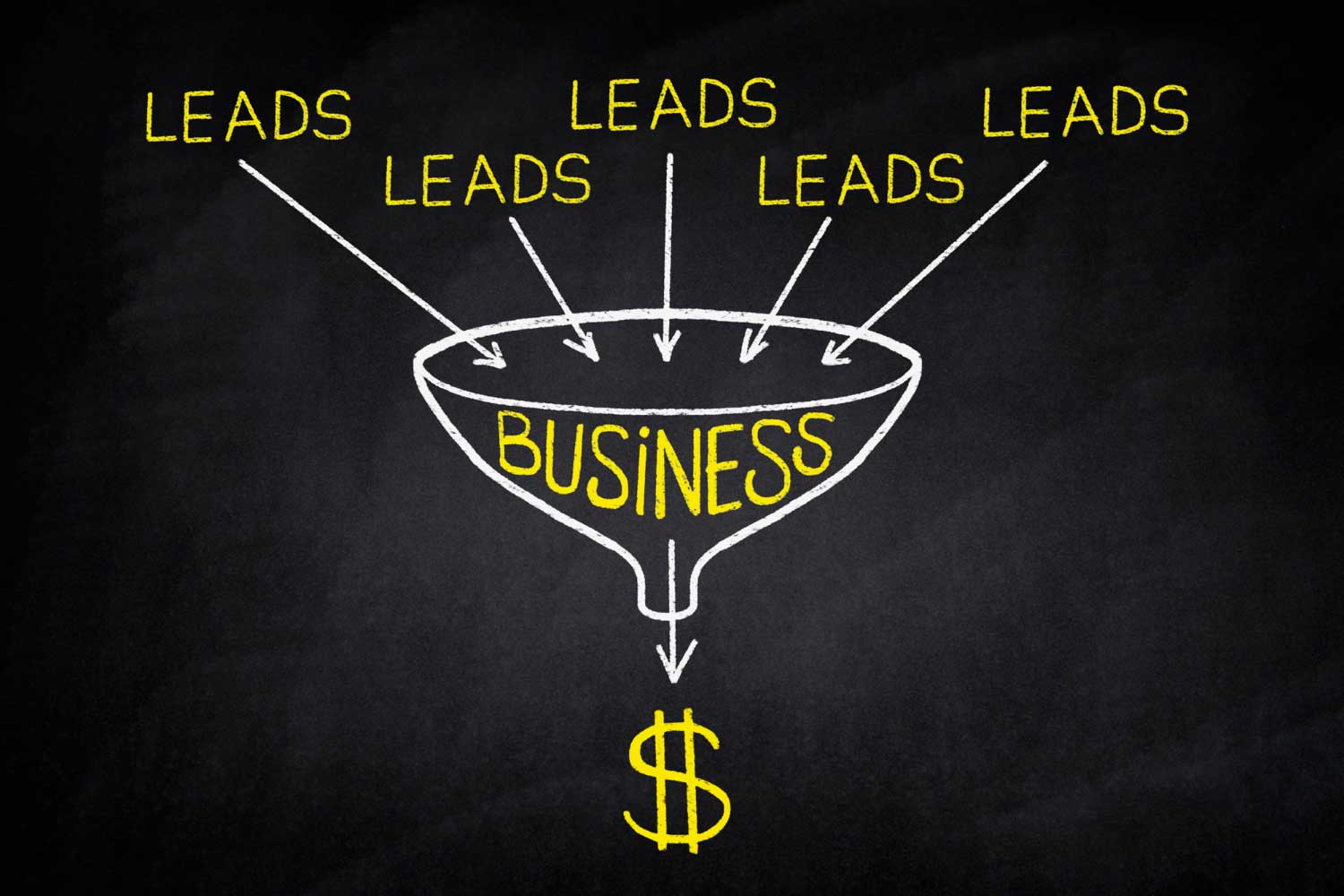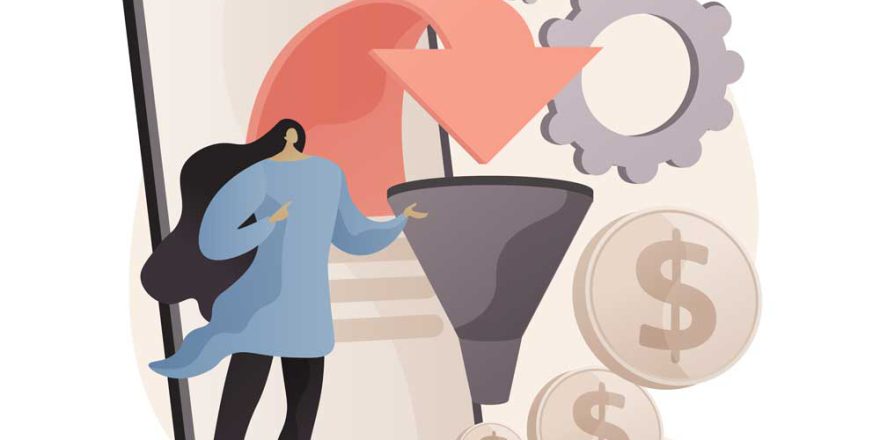Help! My Sales Funnel Isn’t Converting
 “I built a sales funnel and I’m sending traffic to it but the conversion rate is terrible. What should I do?”
“I built a sales funnel and I’m sending traffic to it but the conversion rate is terrible. What should I do?”
Ideally, you want to know BEFORE you build your sales funnel that the products you’re offering are good sellers and you’ll be able to drive targeted traffic to the funnel that wants to purchase what you’re offering.
Market research tells you what product to build. Customer feedback tells you if you got it right. Testing out the sales letter indicates if it converts and how well, as well as what sort of traffic is converting the best. All of this should (hopefully) be done at least to a certain degree before creating a full-blown sales funnel and driving paid traffic to it.
There, I got that off my chest.
But we don’t live in an ideal world and sometimes we just create the product and build the funnel with zero input from the real world.
I get it.
Or it can also happen that you know the products are good, you know the sales letter can convert, and yet your sales funnel isn’t working worth a darn.
Keep in mind I’m just snowballing here since I haven’t seen your sales funnel, but are a few things you can try to improve your conversions:
Identify Where in the Funnel People Are Leaving – Do they close the landing page before filling out the form? Are they leaving first sales page and if so, when and where? Are they buying the product but none of the upsells?
It could be that one segment of your funnel is flawed and when you fix that, the entire funnel will flow smoothly.
Clearly Define Who You’re Targeting – Understanding your target audience is crucial for creating a successful sales funnel. If you haven’t already, begin by defining your ideal customer and their needs, interests, and pain points. This will help you tailor your messaging to speak directly to them.
Then read your funnel – your entire funnel – from the perspective of your ideal customer.
Better yet, get a handful of your ideal customers to look at your sales funnel for you and tell you what’s going through their minds. If you can do this, you can gain immediate insight on where the blocks are, what needs to be changed and how to do it.
Improve your targeting – Take a closer look at your traffic sources and identify the segments that are more likely to convert.
Run ads or campaigns that specifically target these segments of your target audience and adjust your messaging and offers accordingly.
For example, your target market might be retired women over 55, but it could be that the segment of retired women over 55 who are homeowners and married convert better those who rent and are single.
Optimize your landing page(s) – Make sure your landing page is well-designed, easy to navigate, and communicates the value of your product or service clearly. Test compelling headlines, persuasive copy, and high-quality visuals to help visitors understand what you’re offering and why they should buy.
Better still, use different landing pages for different traffic. If you’re receiving traffic from multiple sources with multiple headlines, be sure that each landing page closely correlates with the words and appearance of what brought them to the page in the first place.
For example, if you’re running a red and blue ad with the headline, ‘Have More Energy Today,’ then your landing page should be the same red and blue colors with the same headline in the same font.
If you also run another ad in orange, purple and green for Halloween, then that landing page should match that look.
Simplify your checkout process – Whether you’re offering a free lead magnet or selling a product or service, make sure the checkout process is as simple and streamlined as possible. Remove any unnecessary steps or distractions that could discourage visitors from completing the purchase.
For example, if you’re offering a free lead magnet, then initially ask just for their best email address and nothing else. If you want to ask for their name or other information, make it an optional second step once you’ve already obtained that all-important email address.
Offer and test incentives – Consider offering special deals or incentives to visitors who complete a purchase or take other desired actions on your site.
These could include discounts, free trials, or bonus content.
If you’re offering a lead magnet in exchange for joining your list, test out different offers. If you’re giving away bonuses, test different bonuses to see which ones convert the best. If you don’t offer bonuses with the upsells, try it and see if it makes a difference.
Make the offer limited – For example, if the offer is good only today or only for the next “X” number of minutes, you may get more conversions.
Test this, because sometimes it can backfire if people think it’s a gimmick.
Tweak and test – Keep track of your conversion rates and experiment with different approaches to see what works best.
Try different landing page designs, ad campaigns, and offers, and use A/B testing to see which variations perform better.
Get help – Get someone who is experienced to look over your funnel from the ads you run to the final upsell. They may be able to spot the problem.
I know this is a lot to consider, but sales funnels can be complicated. It’s like a machine with many moving parts, and if even one part isn’t optimized, it can bring the entire machine to a grinding halt.
Improving your conversion rate is an ongoing process that requires patience, persistence, and a willingness to keep tweaking and testing until you find the winning formula for your sales funnel.
Most of all, don’t give up. Once you find the winning combination it can become a simple matter of sending traffic to make money at will.
